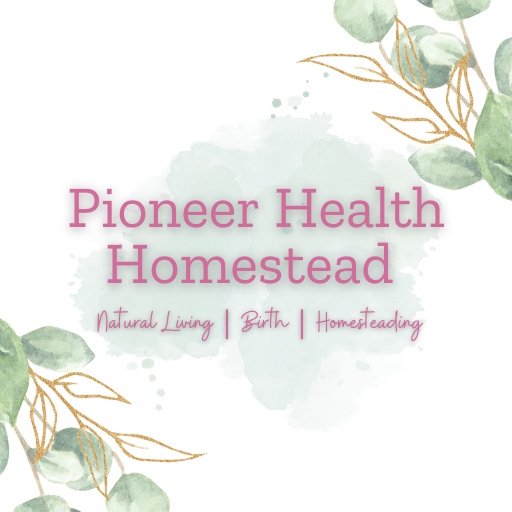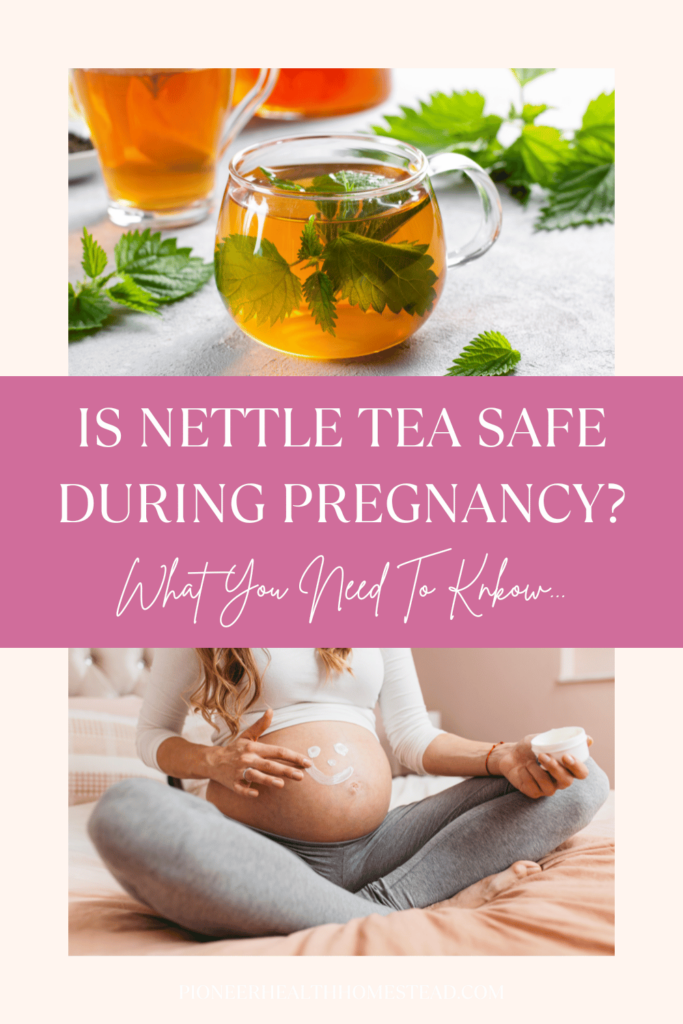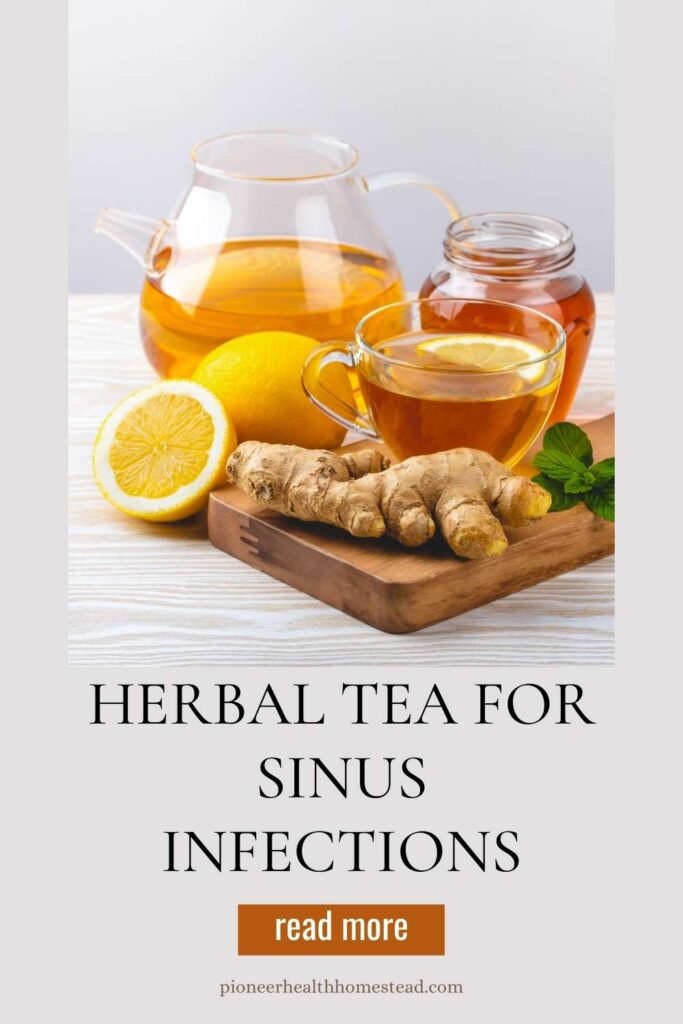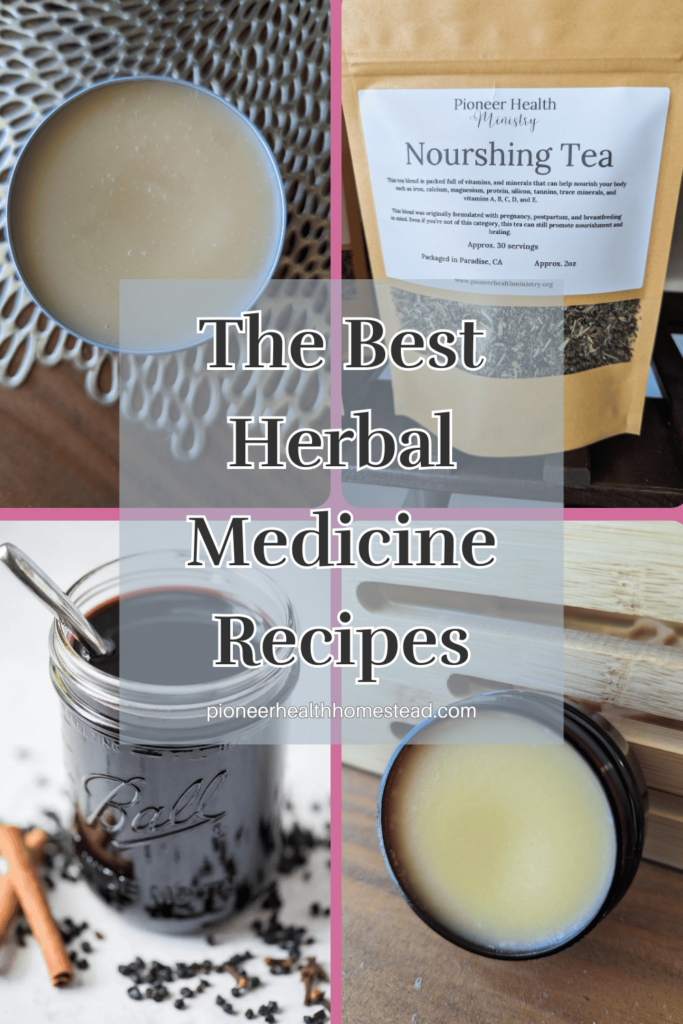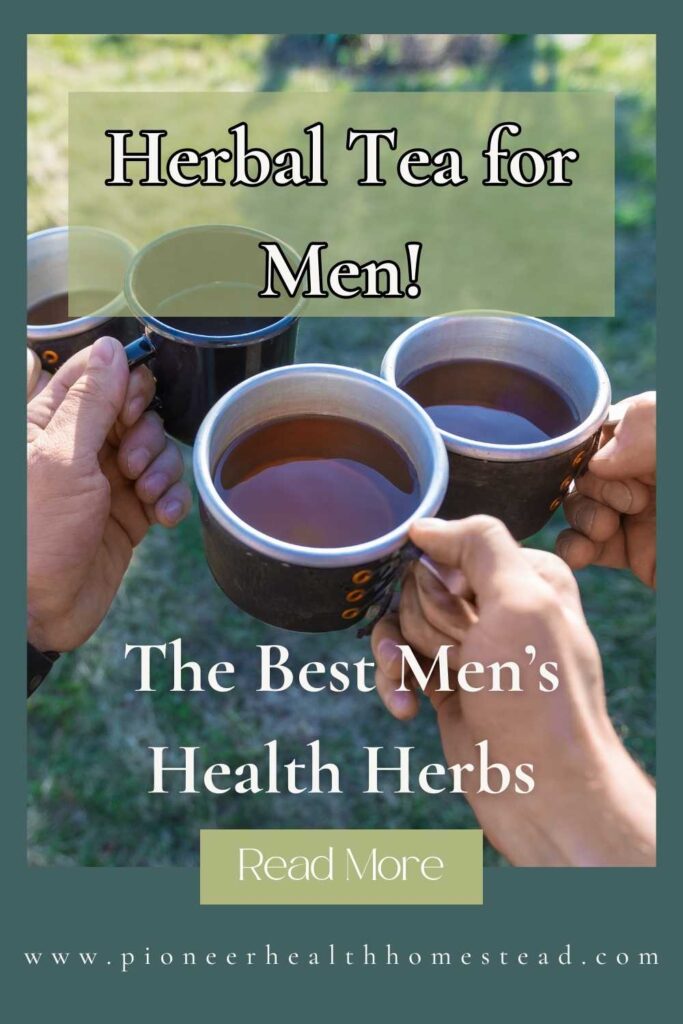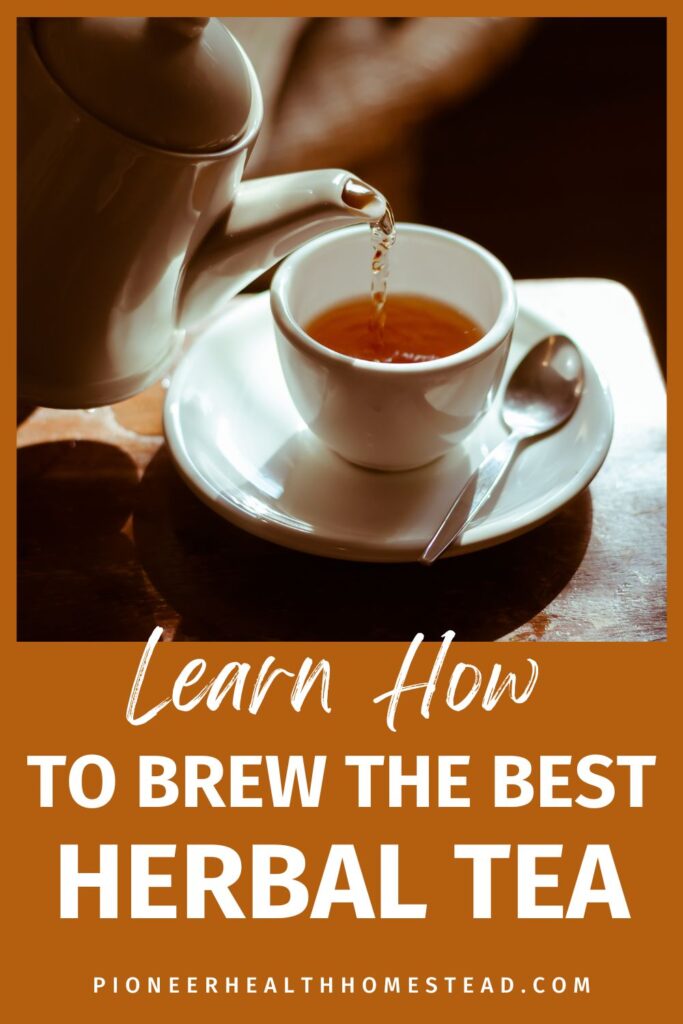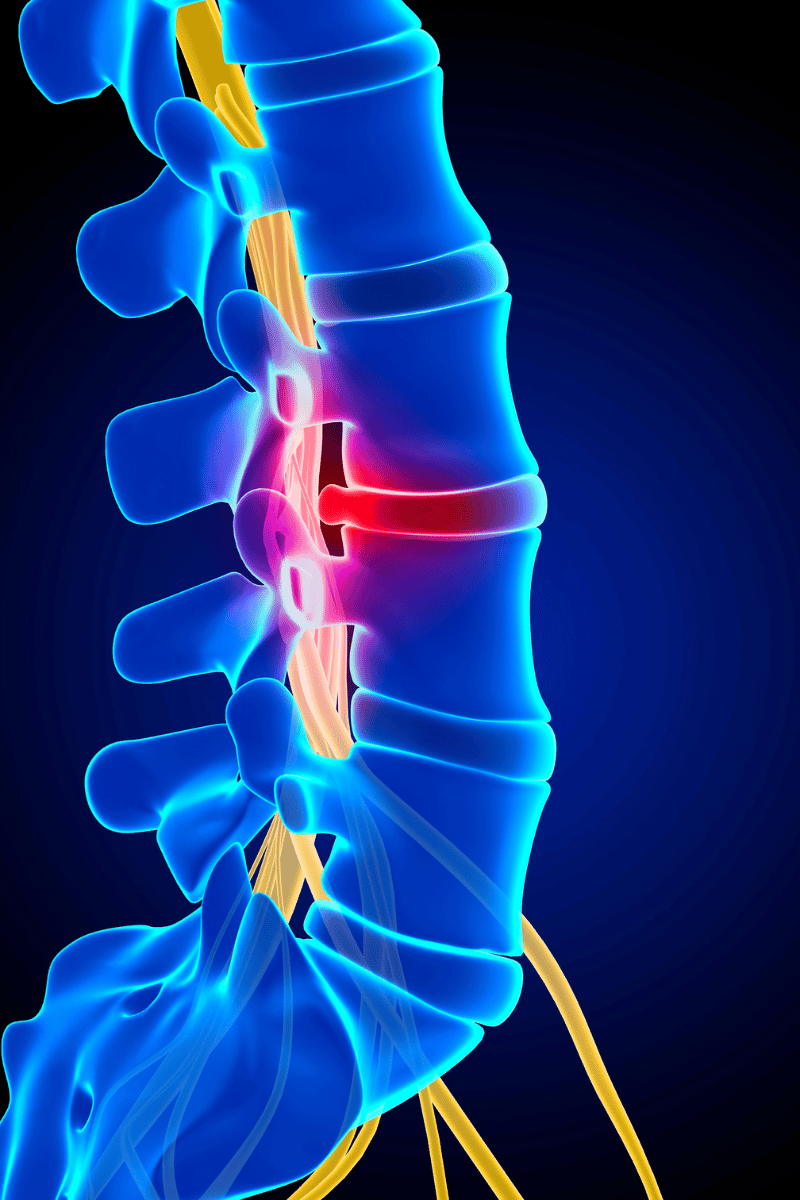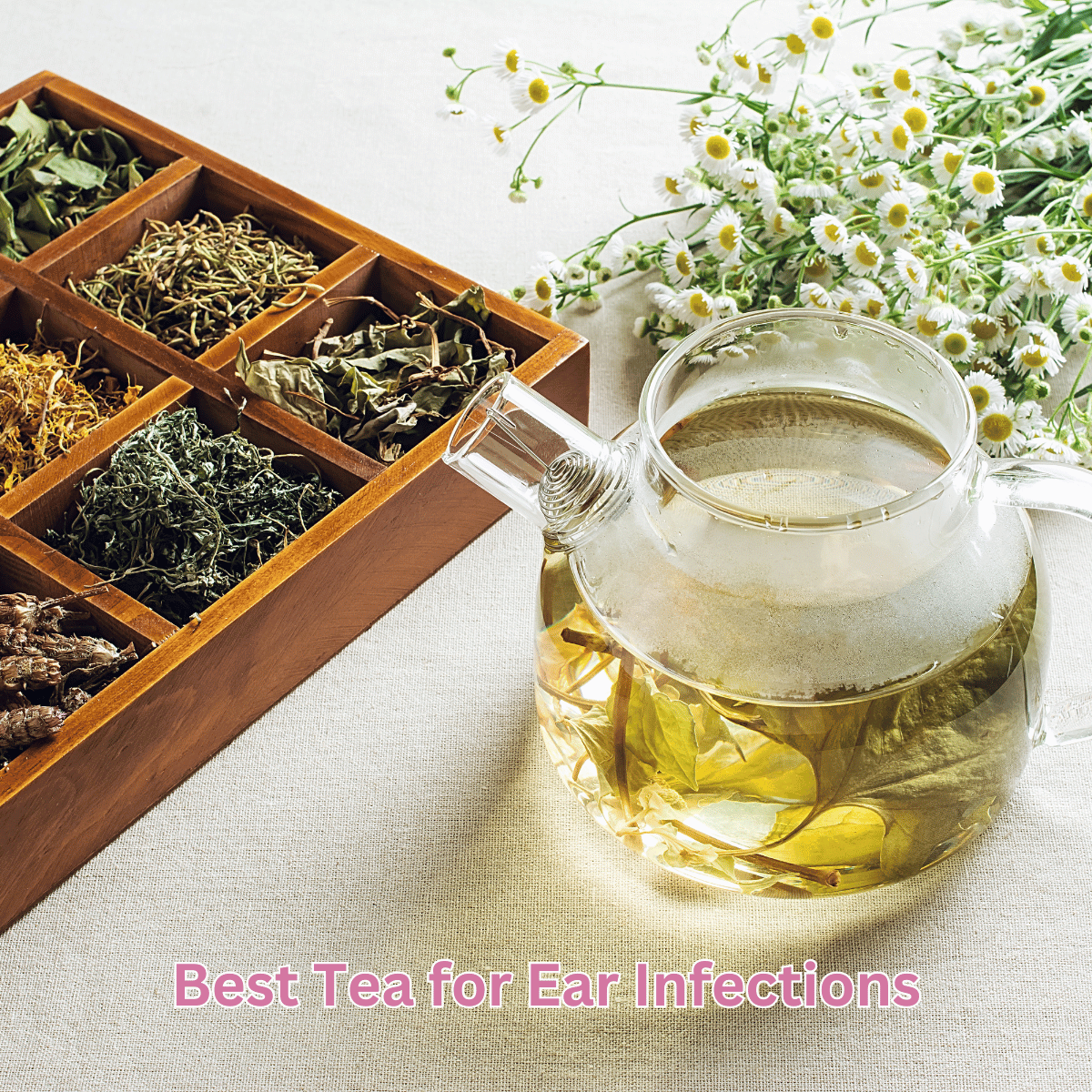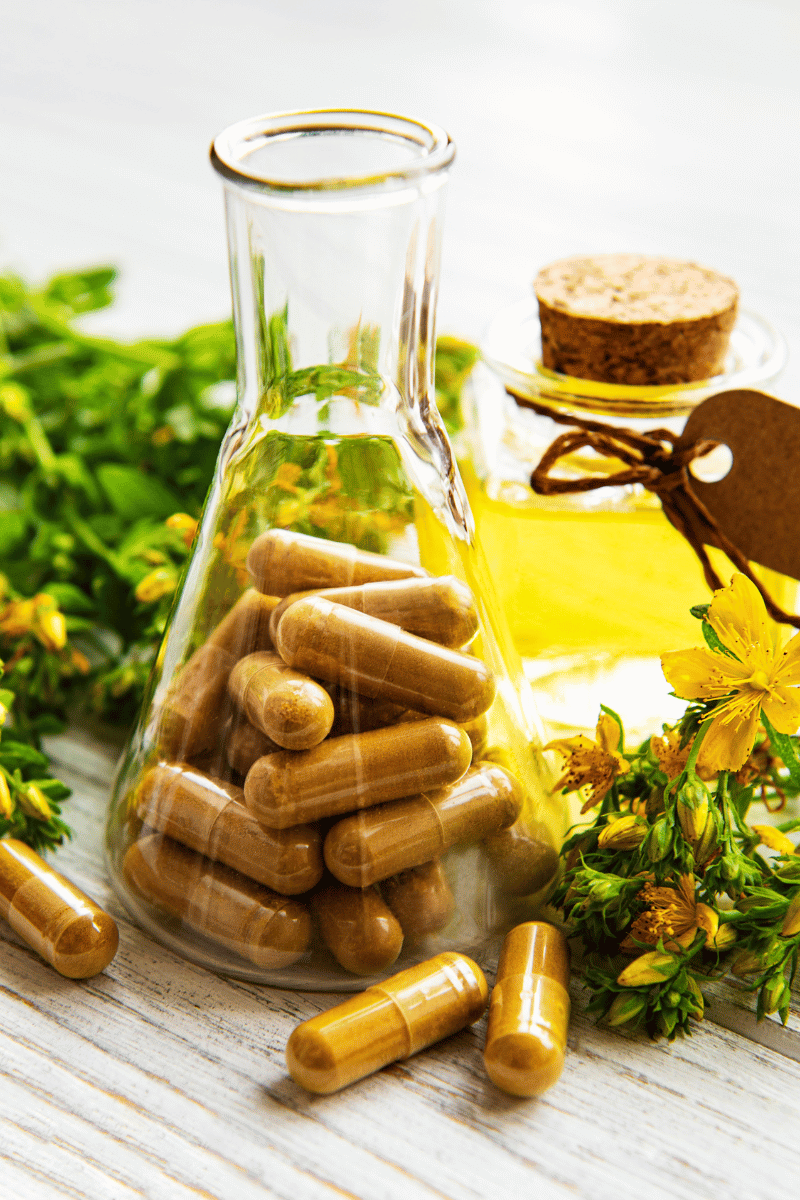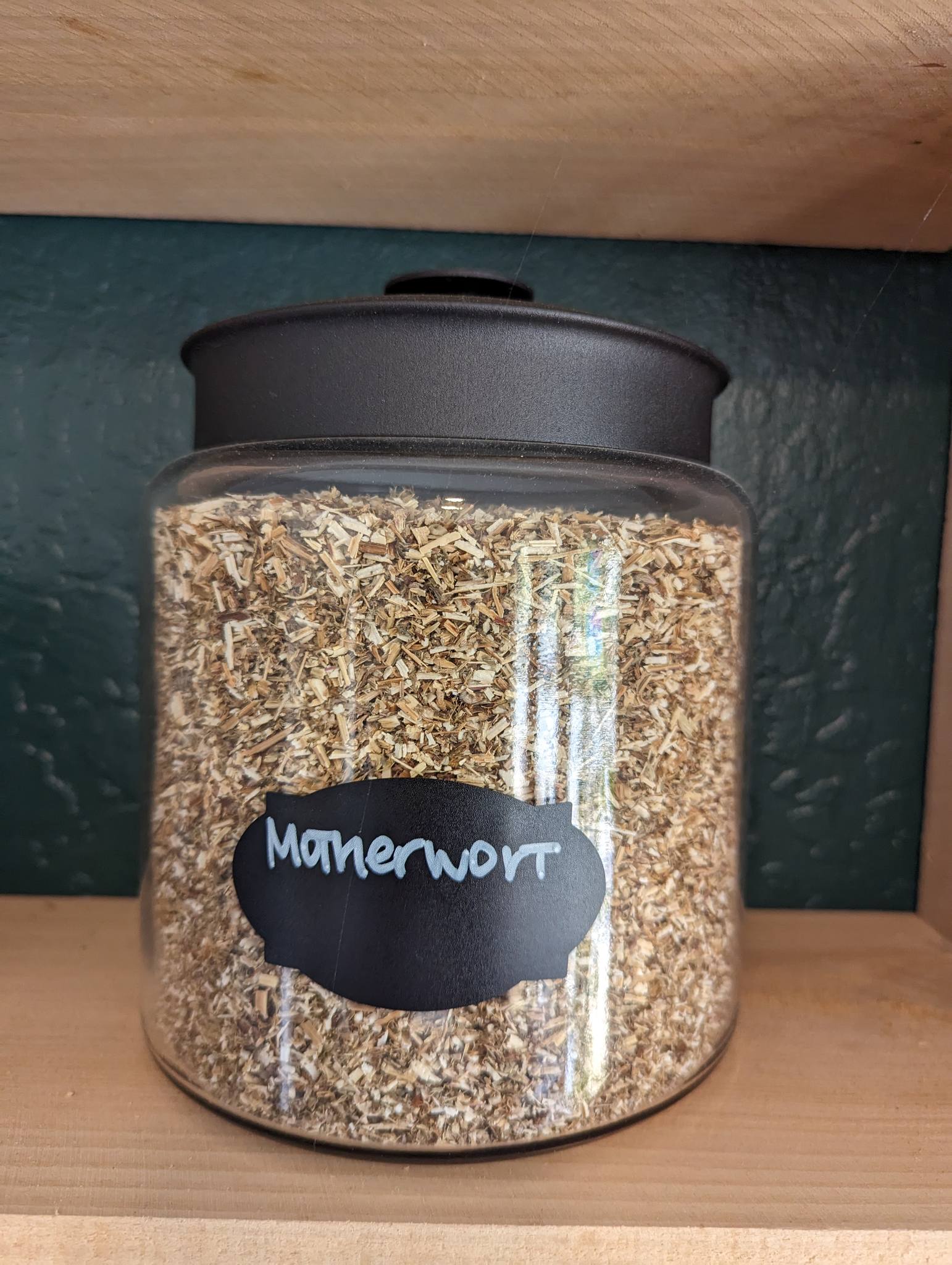Green Tea Vs Herbal Tea: The Best Complete Tea Guide
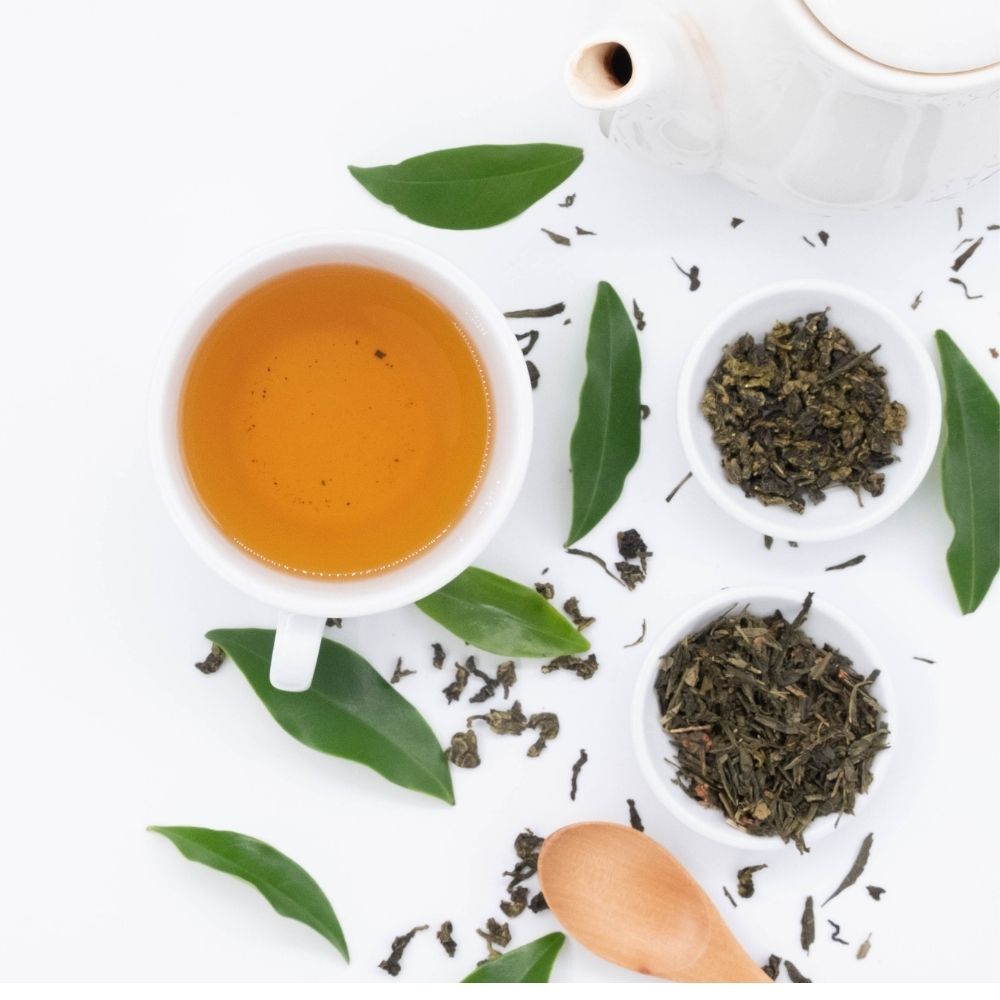
Understanding the Differences
Green tea vs herbal tea is a popular debate among tea lovers worldwide. Both offer unique flavors, health benefits, and caffeine content.
Tea has a rich history and is enjoyed in many cultures. From Chinese green teas to herbal infusions in the Western world. People drink tea for cardiovascular health, cognitive function, immune system support, and more.
Understanding green tea vs herbal tea helps tea lovers choose the best option. Factors like caffeine levels, oxidation process, bioactive compounds, and flavor profile impact the experience.
Some teas contain less caffeine, while others provide a caffeine boost. Choosing the right type of tea supports overall health and personal preferences.
Save for Later!
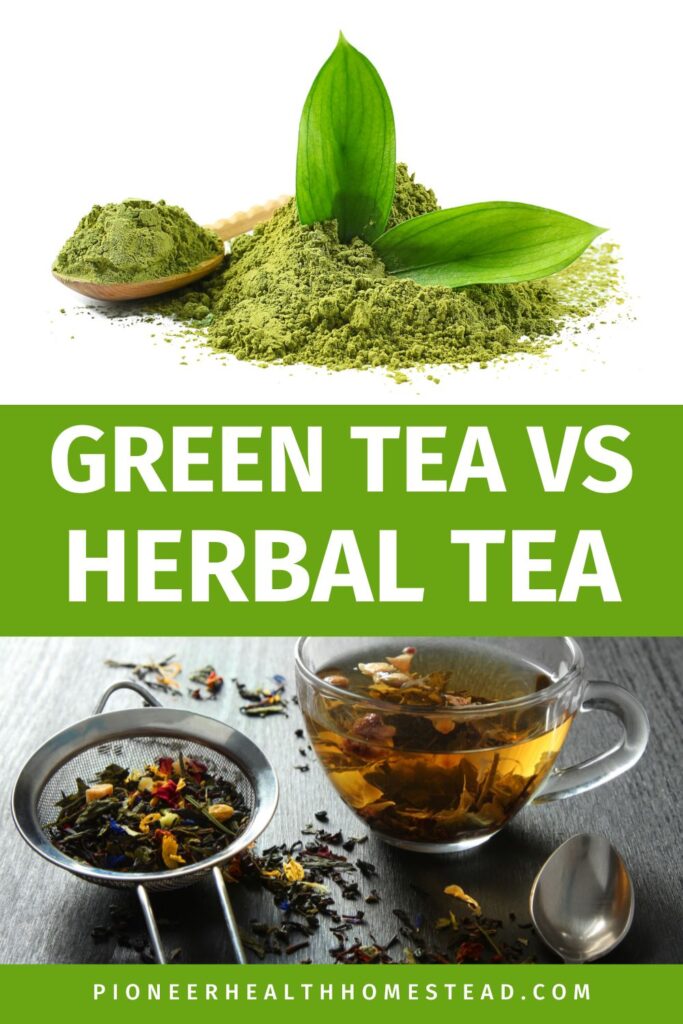
What Is Green Tea?
Green tea vs herbal tea starts with understanding green tea. Green tea comes from the leaves of the Camellia sinensis plant and has been consumed for centuries. It is one of the most popular true teas, alongside black tea, white tea, oolong tea, and pu-erh tea.
The oxidation process plays a key role in how different types of tea develop their unique flavors and caffeine content. Green tea is minimally oxidized, which helps retain its green color, fresh tea leaves, and bioactive compounds. In contrast, black tea leaves undergo full oxidation, resulting in a darker color and stronger flavor. Oolong tea is partially oxidized, falling between green and black tea in taste and caffeine content.
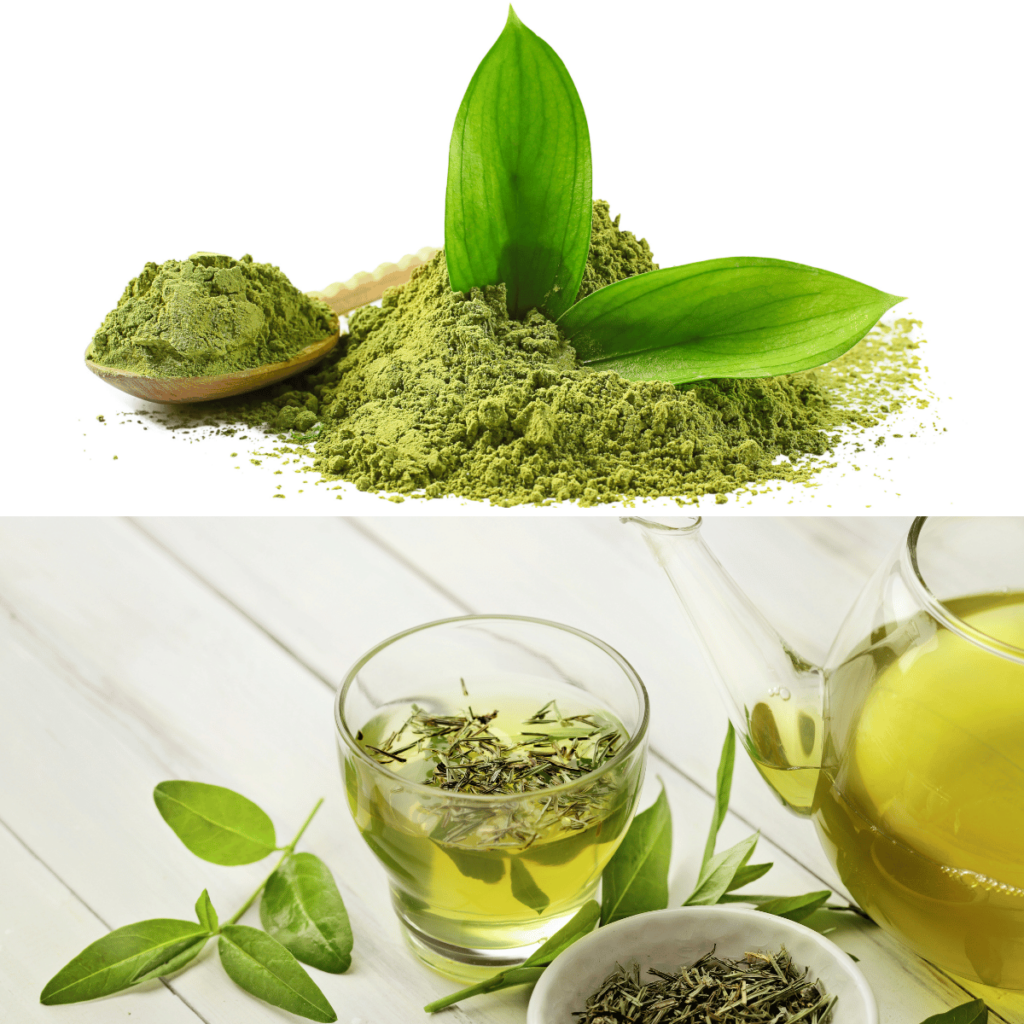
Many famous Chinese green teas come from the Fujian province. While Japanese green teas like matcha and sencha are widely consumed. These teas are enjoyed in different ways, from hot teas to iced tea, depending on the region and personal preferences.
Green tea consumption is widespread in the United States, Sri Lanka, South America, and South Africa. Some drink it daily as part of a wellness-focused tea collection, while others enjoy it for special occasions. Whether in loose-leaf form or tea bags, green tea remains a favorite among tea lovers.
Health Benefits of Green Tea
Green tea is often compared for its health benefits. Green tea contains powerful bioactive compounds, including amino acids and antioxidants, which help fight free radicals. These compounds support overall health by reducing oxidative stress and inflammation, which are linked to many chronic diseases.
One of the most well-known benefits of green tea is its role in heart health. Studies suggest that regular consumption can help lower cholesterol levels and improve cardiovascular health. The antioxidants in green tea may support healthy blood vessels. This can reduce the risk of heart disease and high blood pressure over time. Some research also indicates that drinking green tea may improve circulation and reduce the likelihood of blood clots.

Green tea extracts are often used in weight loss supplements. Some studies suggest that these extracts may boost metabolism and enhance fat burning. Drinking green tea daily may support healthy weight management, especially when combined with a balanced diet and regular exercise.
Green tea has also been linked to improved cognitive function. Certain compounds, including amino acids like L-theanine, may enhance brain function, improve focus, and support memory. Some studies suggest that green tea consumption could help reduce the risk of cognitive decline and neurodegenerative diseases.
Green Tea in Beauty and Skincare
Green tea is widely used in beauty and medicinal skincare products due to its antioxidant and anti-inflammatory properties. It extracts are often found in facial cleansers, toners, serums, and moisturizers. These products help protect the skin from environmental stressors, reduce redness, and soothe irritation.
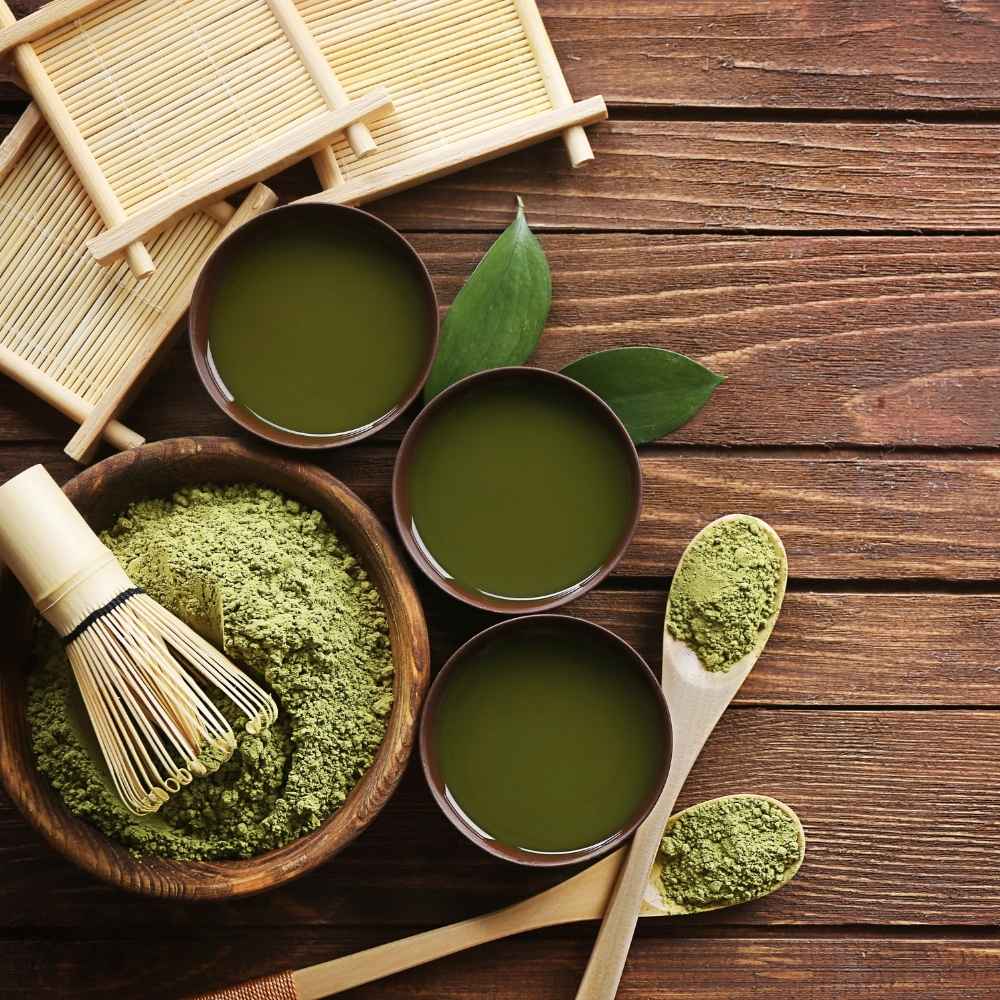
The antioxidants in green tea help fight free radicals, which contribute to premature aging. Regular use of green tea-based skincare may support a youthful appearance by improving skin elasticity and reducing fine lines. The polyphenols in green tea may also help with acne by controlling oil production and reducing bacteria on the skin.
Green tea is also used in medicinal skincare products for conditions like eczema and rosacea. Its calming properties may help reduce inflammation and promote skin healing. Some people even use cooled green tea bags as a natural remedy for puffy eyes and dark circles.
Overall Wellness Benefits
A systematic review of human studies highlights green tea’s potential role in reducing oxidative stress and supporting cardiovascular health. Research suggests that regular green tea consumption may help lower the risk of cardiovascular disease, improve immune system function, and contribute to overall well-being. While individual results may vary, incorporating green tea into a daily routine can be a simple way to support long-term health.
Caffeine Content in Green Tea
Green tea is often compared for its caffeine content. Green tea contains less caffeine than black tea leaves but more than white tea. This makes it a great option for those who want a moderate caffeine boost without the intensity of stronger teas.
The caffeine levels in green tea vary based on the type of tea and how it is processed. Japanese green teas, such as matcha, tend to have higher caffeine content because they use powdered green tea leaves. Chinese green teas, like those from Fujian province, often have a milder amount of caffeine due to different processing methods.
When comparing different teas, pu-erh tea, and Indian black teas generally have more caffeine than green tea. While yerba mate falls somewhere in between. Yerba mate, popular in South America, provides a strong, sustained energy boost. Pu-erh tea, known for its fermentation process, also contains higher caffeine levels than green tea.
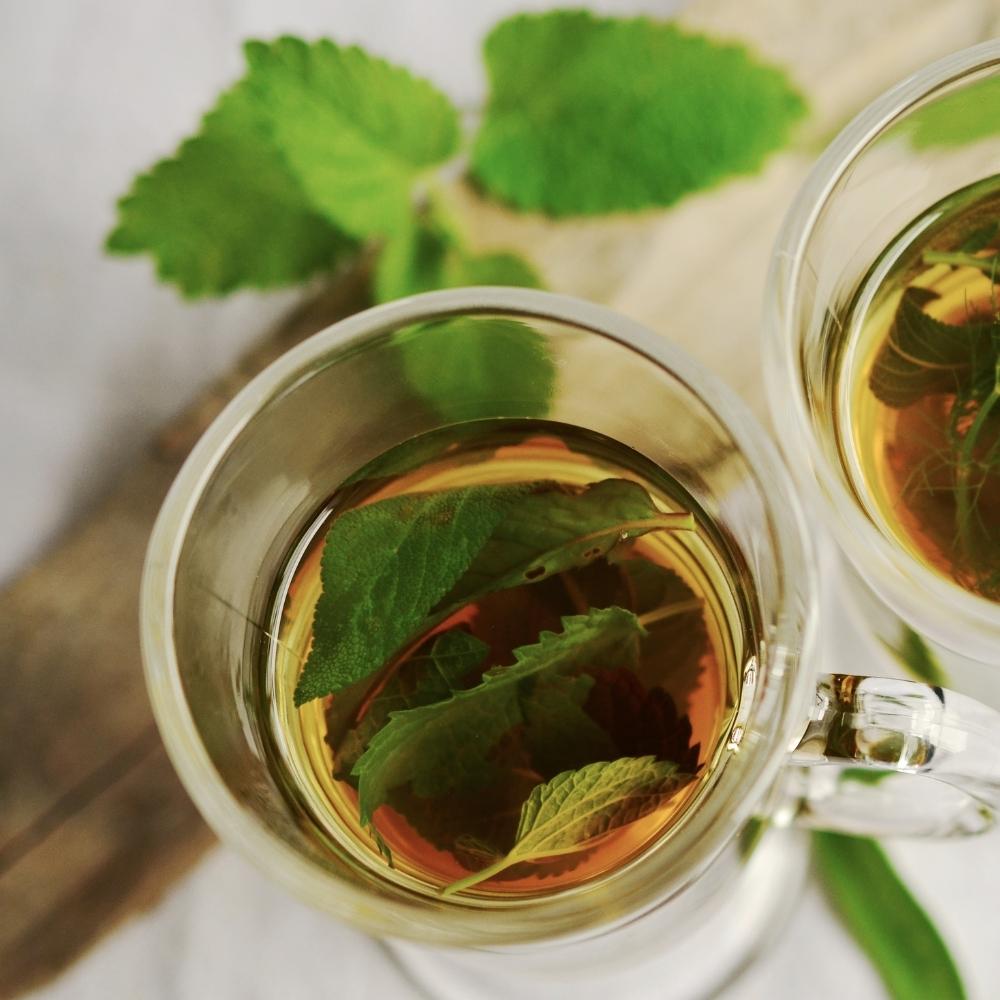
Several factors influence the amount of caffeine in a cup of green tea. Fresh tea leaves generally contain more caffeine than older leaves. The oxidation process also plays a role, with more oxidized teas like black tea retaining higher caffeine levels. Water temperatures impact caffeine extraction, as hotter water draws out more caffeine from the leaves. Steeping time also matters—longer steeping releases more caffeine, while quick steeping results in a milder cup.
Green tea provides a balanced caffeine boost. Making it a popular choice for tea lovers looking for a gentle, steady source of energy throughout the day.
What Is Herbal Tea?
Green tea vs herbal tea often comes down to the type of ingredients used. Herbal tea, unlike true teas made from the leaves of the Camellia sinensis plant, is made from herbs, flowers, and spices. These infusions do not contain caffeine and are typically enjoyed for their calming and healing properties.
Herbal infusions are distinct from true teas like black tea, green tea, oolong tea, and white tea, which come from the same tea plant. Instead, herbal teas are a blend of plants like hibiscus, ginger, peppermint, lavender, and chamomile. Each of these offers a unique flavor profile and health benefits.
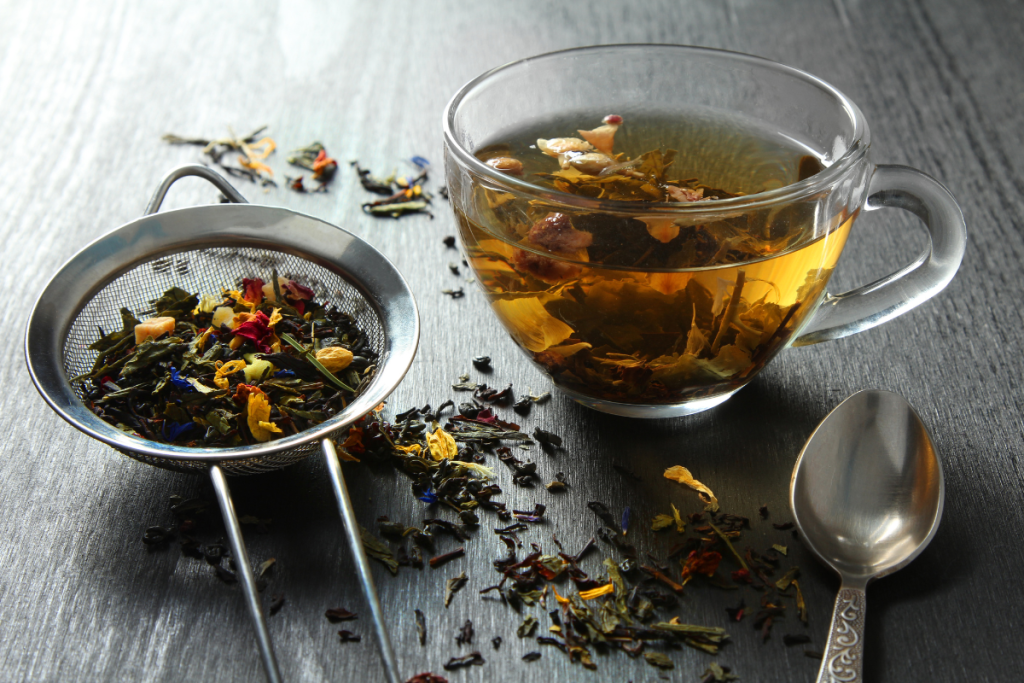
Popular herbal medicine options include hibiscus tea, known for its ability to support heart health and lower blood pressure. Ginger tea is often used to soothe digestive issues, while peppermint tea can help with headaches and digestive discomfort. Lavender tea is a calming herbal infusion, commonly used to promote relaxation and reduce stress. Chamomile tea is another favorite for its soothing effect, often used to help with sleep and anxiety.
Herbal teas have become a wellness-focused tea collection for those looking to manage various health conditions naturally. Many herbal teas are rich in bioactive compounds that support immune function, reduce inflammation, and provide antioxidants. Whether you’re seeking relief from a cold or looking for a calming end-of-day ritual, herbal infusions offer a versatile way to support overall health.
For example, one of my favorite herbal tea blends is NORA tea. I encourage pregnant, postpartum, and breastfeeding moms to drink for its nutritional benefits. NORA tea is packed with nourishing herbs that support the health of both mother and baby. Offering essential vitamins and minerals. You can read more about this in my blog post on nettle tea benefits and the importance of NORA tea.
Health Benefits of Herbal Teas
Herbal teas offer a wide range of health benefits. Making them a popular choice for many looking to improve their well-being. While green tea is often praised for its heart health benefits, herbal teas also offer potential protective effects against heart disease and high blood pressure. Certain herbs, like hibiscus and ginger, are known to help lower blood pressure and support cardiovascular health.
Herbal teas are also beneficial for cognitive function and immune system support. For example, peppermint and ginger tea can aid in mental clarity and focus. While herbs like echinacea and elderberry are known for their immune-boosting properties. Regular consumption of these teas can help protect against common illnesses and promote overall vitality.
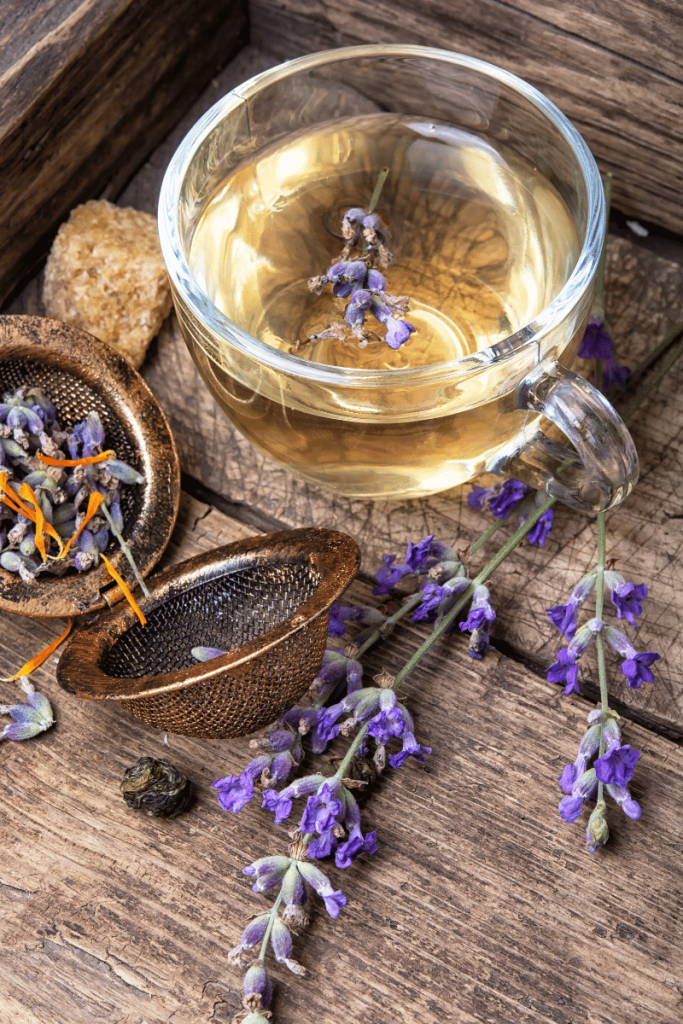
One of the most popular ways to enjoy herbal teas is at the end of the day, with a calming cup of chamomile tea. Chamomile has long been associated with relaxation and sleep support, making it a perfect evening ritual. Drinking chamomile tea can help ease stress, promote restful sleep, and soothe the mind after a busy day.
Herbal infusions, with their variety of bioactive compounds, contribute to overall health in a gentle and natural way. Whether you’re looking to improve your heart health, support your immune system, or relax before bedtime, herbal teas provide a soothing and nourishing option for maintaining well-being.
For those dealing with sinus infections, herbal teas can also be a great remedy. I’ve written a blog post specifically about herbal teas for sinus infections. I discuss helpful herbs like peppermint, eucalyptus, and ginger that work to clear congestion and reduce inflammation. You can check out the post for more information on how these herbal infusions can support your respiratory health.
Caffeine Content in Herbal Tea
Herbal teas are generally known for containing much less caffeine or being completely caffeine-free. Which makes them an excellent choice for individuals who are looking to avoid the stimulating effects of caffeine. This is one of the main differences when comparing green tea vs herbal tea. As green tea naturally contains more caffeine. Because herbal teas come from a variety of plants, many people turn to them for their calming and relaxing qualities, especially in the evening or before bedtime.
However, there are some exceptions. Yerba mate, for example, is a South American herbal tea known for containing a moderate amount of caffeine. This makes it an attractive option for those looking for a gentle energy boost without turning to traditional caffeinated beverages like coffee or black tea. Yerba mate’s caffeine content provides a natural lift, similar to green tea, but with a unique flavor profile and without the strong bitterness that can sometimes come with true teas like black tea.
For those who are sensitive to the bitter taste of traditional teas or seeking caffeine-free alternatives, herbal teas offer a wide range of options. Chamomile, peppermint, and hibiscus are naturally caffeine-free and offer soothing flavors, perfect for unwinding at the end of the day. These herbal infusions can be enjoyed at any time without the concern of disrupting sleep or overstimulating the system.
Herbal Tea Can Still Be Stimulating
That said, some people may find certain herbs in herbal teas to be mildly stimulating, even though most are caffeine-free. For example, herbs like nettle and valerian root, though not containing caffeine, have qualities that may affect individuals differently. Nettle, which is often used in teas for its nourishing properties, can have a mild energizing effect, while valerian root, known for its calming properties, may still cause a slight uplifting feeling in some. This means that even among caffeine-free herbal teas, there can be variations in how each one interacts with your body.
Overall, herbal teas provide a broad selection of caffeine-free or low-caffeine options, making them versatile for different needs, from calming and relaxing to offering a light, natural pick-me-up.
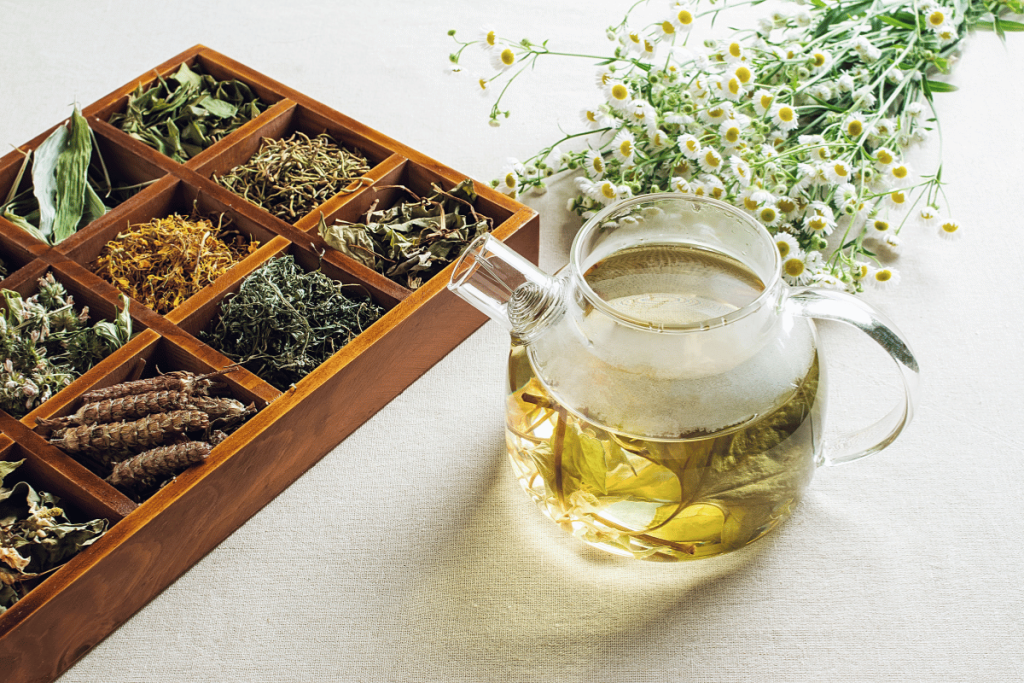
Green Tea Vs Herbal Tea: Key Differences
Rich History: Traditional Teas vs Western World Tea Trends
The history of green tea vs herbal tea is marked by centuries of cultural significance. Traditional teas, such as green tea, have deep roots in regions like China and Japan, where the tea plant—Camellia sinensis—has been cultivated for thousands of years. These true teas, which include green tea, black tea, white tea, oolong tea, and pu-erh tea, are steeped in rich traditions, often linked to health rituals, ceremonies, and social gatherings.
On the other hand, herbal teas have evolved more recently in the Western world as a popular wellness trend. Herbal infusions like chamomile, peppermint, and hibiscus have become common alternatives to caffeinated teas, often chosen for their soothing properties or medicinal benefits. While herbal teas are enjoyed worldwide, their popularity in Western cultures has contributed to an explosion of new herbal blends and wellness-focused collections.
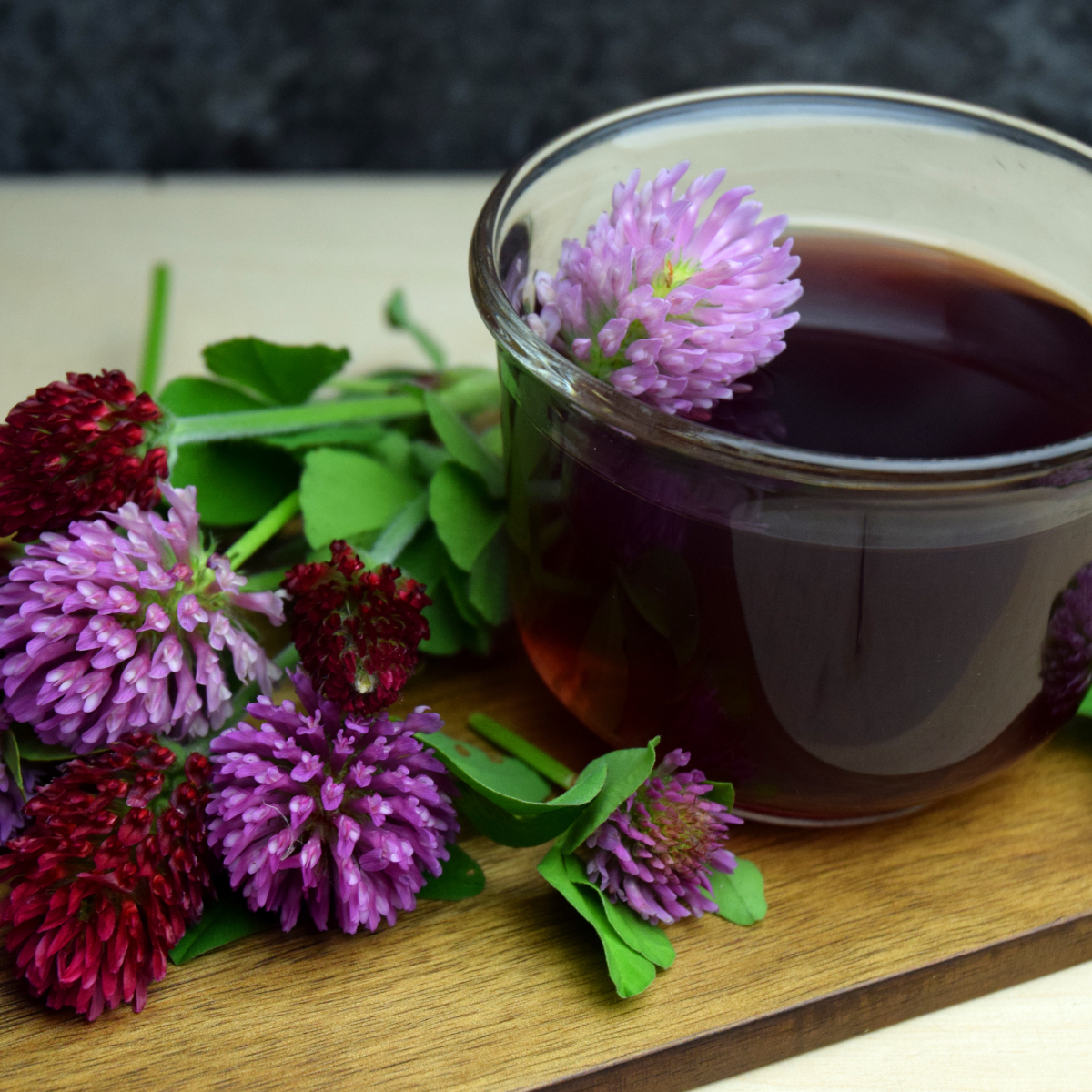
Tea Varieties: Cornucopia of Teas from Different Regions
When comparing green tea vs herbal tea, it’s clear that there is a wide variety of options, each with unique origins and flavors. Green tea, a true tea, is typically grown in regions like Japan, China, and Sri Lanka, each producing distinct types with different flavor profiles. From the delicate and grassy notes of Japanese green teas to the earthy flavors of Chinese green teas from areas like the Fujian province, the variety within green tea itself is vast.
Herbal teas, meanwhile, come from a much broader range of plants—flowers, leaves, spices, and roots. This opens up a cornucopia of flavors and health benefits, with teas like ginger tea from South Asia, peppermint tea from North America, and hibiscus tea from tropical regions like Africa and the Caribbean. Each region offers its own herbal remedies and flavor combinations, making the selection of herbal teas just as diverse, though without the caffeine content found in traditional teas.
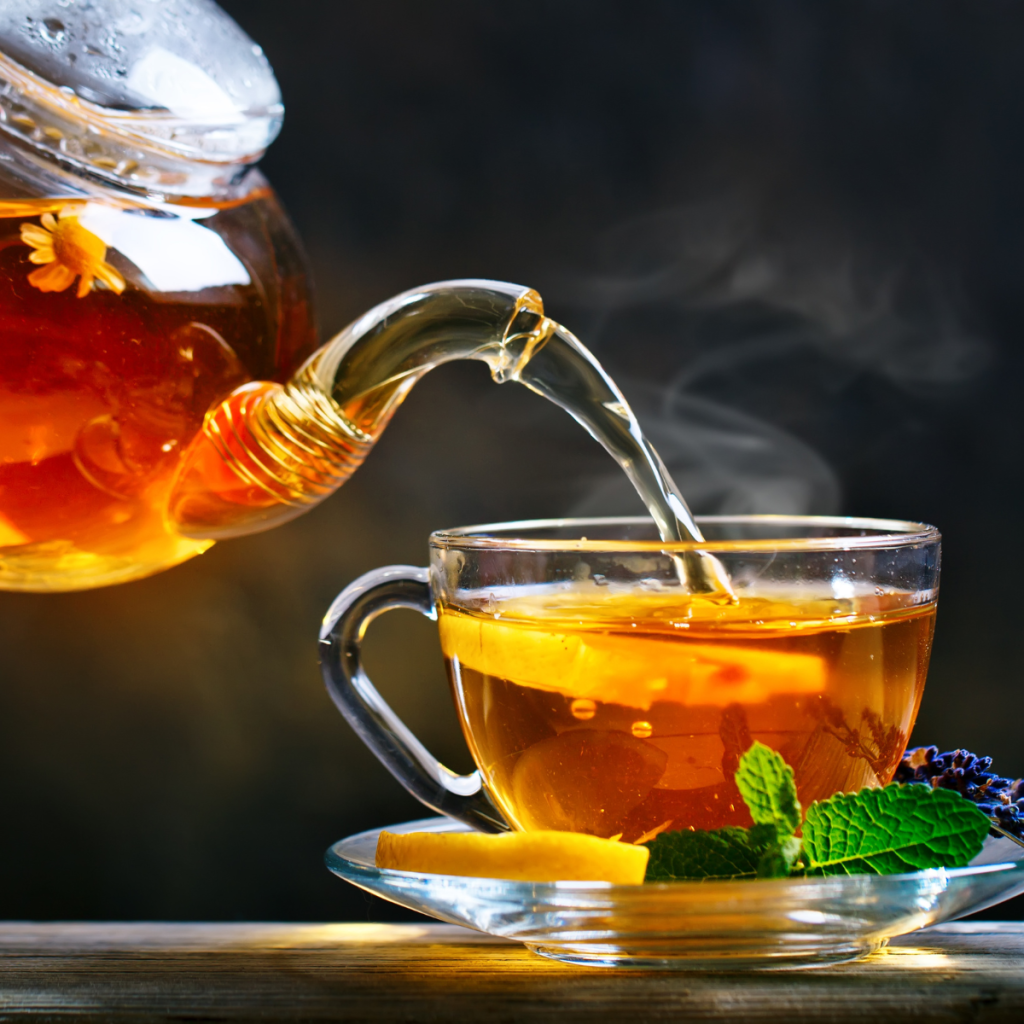
Personal Preferences: Choosing Based on Flavor Profile, Caffeine Boost, or Health Benefits
When it comes to choosing between green tea vs herbal tea, personal preferences play a significant role. For tea lovers, it often boils down to flavor profile. Green tea offers a fresh, grassy taste that can vary from light and floral to rich and vegetal, depending on the type of green tea leaves and where they are grown. In contrast, herbal teas can be sweet, floral, or spicy, with herbal options ranging from calming chamomile to invigorating peppermint or spicy ginger.
Caffeine content is another key factor. Green tea provides a moderate caffeine boost, making it a perfect choice for those who need an energy lift without the jitters associated with coffee or black tea. Herbal teas, on the other hand, are generally caffeine-free, making them a better option for individuals who are sensitive to caffeine or seeking a relaxing, sleep-friendly beverage.
Health benefits also play a significant role in the choice between green tea and herbal tea. Green tea is known for its powerful antioxidants and potential benefits for heart health, weight loss, and cognitive function. Herbal teas, on the other hand, often serve specific wellness needs, such as relaxation (chamomile), digestive support (peppermint), or immune system boosting (hibiscus).
Best-Selling Blends from Pioneer Health Ministry
At Pioneer Health Ministry, we offer a variety of tea blends that cater to different needs and preferences, both with and without caffeine. Our selection includes carefully crafted herbal blends designed to promote wellness and provide medicinal benefits.
For example, our Nourishing Tea (better known as NORA Tea) is a great option for pregnant, postpartum, and breastfeeding mothers seeking a nutritious boost and an increase in milk supply. For children, we offer Kid’s Nourishing Tea, a gentle, health-boosting blend that’s safe and nutritious for little ones.
We also carry a range of other herbal blends targeting specific ailments, like teas for digestive support, immune system enhancement, and relaxation. Whether you prefer a caffeinated boost or a relaxing, caffeine-free option, our blends are crafted to support both your health goals and taste preferences.
Explore our selection at Pioneer Health Ministry to find the perfect tea for your needs!
How to Brew Green and Herbal Teas
Brewing the perfect cup of green or herbal tea requires understanding the ideal water temperatures and methods for each tea type.
Water Temperature:
For green tea, the ideal hot water temperature is around 170-180°F (77-82°C). Water that’s too hot can make green tea bitter. Herbal teas, however, require higher temperatures—around 200-212°F (93-100°C)—to fully extract their flavors and medicinal properties. For more tips on brewing herbal teas at the perfect temperature, be sure to check out my blog post The Best Temp for Herbal Tea: Guide for Optimal Brewing.
Loose Leaf vs Tea Bags:
Loose-leaf tea offers a more aromatic and flavorful experience because the leaves have more room to expand and release their full flavor. Tea bags are convenient and perfect for on-the-go brewing, but if you want the best taste and aroma, I recommend loose-leaf.
Autumn Teas for Special Occasions:
When making autumn teas for special occasions, try blending comforting spices like cinnamon, cloves, and apple for a warming treat. These flavors are perfect for fall gatherings or cozy nights in. For more tips on how to brew herbal teas for any occasion, visit my blog post The Best Temp for Herbal Tea for additional guidance.
Choosing Shop Tea Based on Bestselling Blends:
At Pioneer Health Ministry, we offer a wide range of tea blends, including Nourishing Tea for pregnant, postpartum, and breastfeeding moms, and Kid’s Nourishing Tea for children. Whether you’re looking for a caffeinated boost or a relaxing, caffeine-free option, our best-selling blends are crafted for optimal flavor and health benefits.
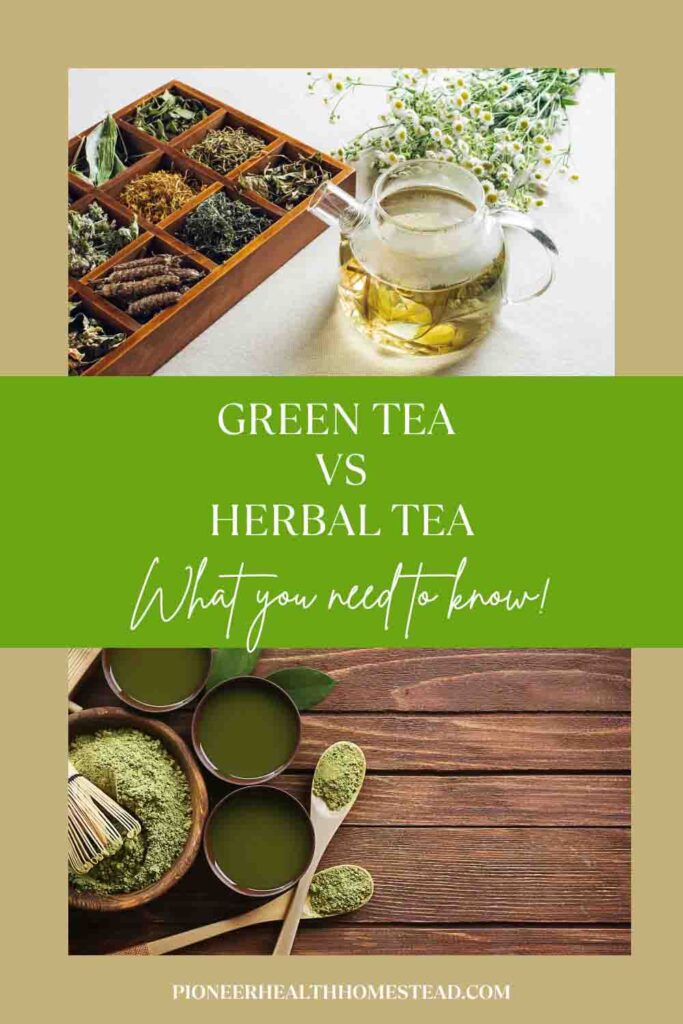
Overview Green Tea Vs Herbal Tea
In the green tea vs herbal tea debate, both options offer unique benefits that can easily be incorporated into your daily routine. Green tea, with its rich history and antioxidants, is a great choice for those looking for a mild caffeine boost and heart health support. On the other hand, herbal teas provide soothing, caffeine-free alternatives that support a range of health benefits, from immune system boosts to relaxation.
Whether you’re drawn to the calming qualities of a cup of chamomile tea or the revitalizing properties of green tea, there’s a tea for every preference. Tea lovers are encouraged to explore the wide variety of teas available, from traditional green tea leaves to creative herbal infusions. By experimenting with different tea types, you can find the perfect blend that fits your lifestyle and wellness goals.
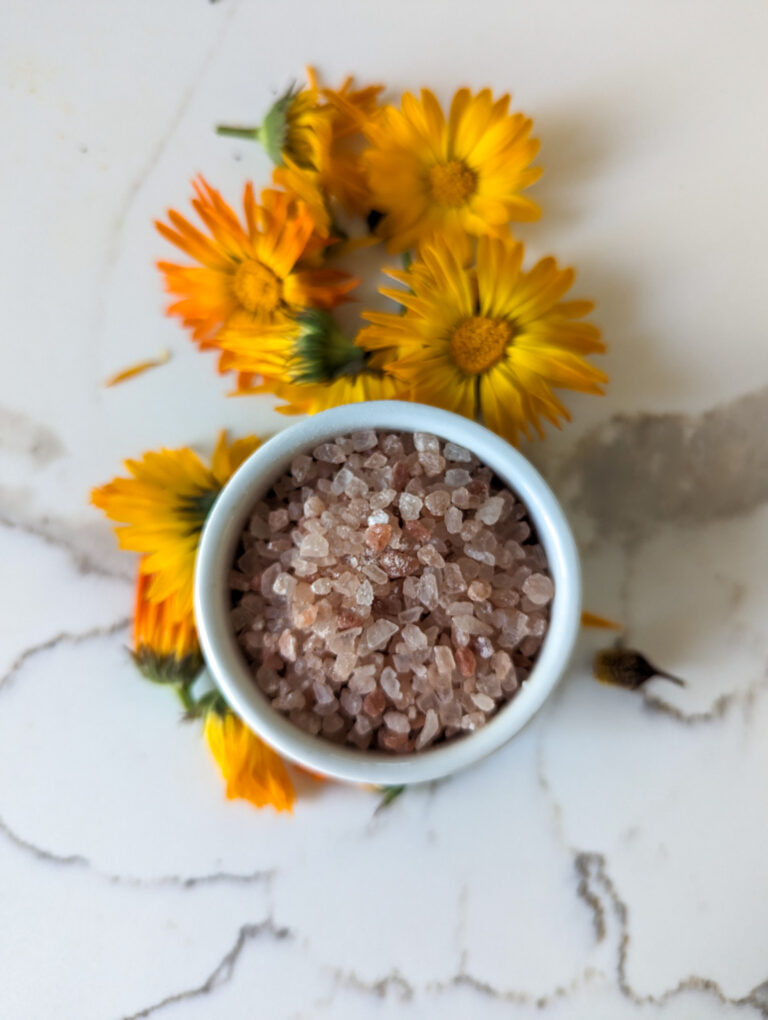
How to Make Bath Salts Without Epsom Salt: Free Recipe
Sharing is caring! Facebook Pinterest X How to Make Bath Salts Without Epsom Salt: Free Recipe How to Make Bath Salts Without Epsom Salt Homemade bath salts without Epsom salt are a great way to enjoy a luxurious soak. You can use natural ingredients like coarse sea salt, baking soda, and pink Himalayan salt for…
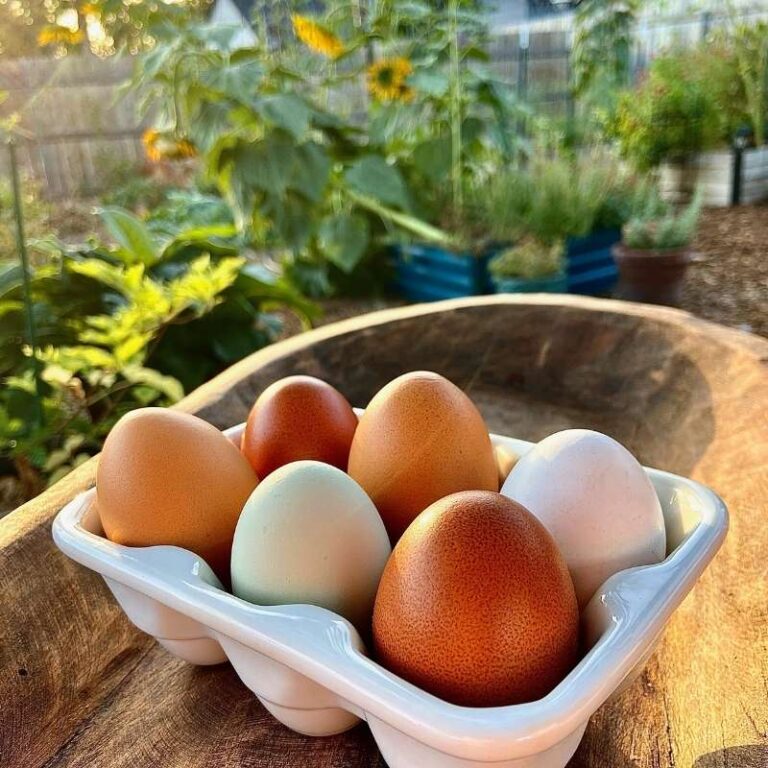
Homesteading in California: How to Start at Any Stage
Homesteading in California: How to Start at Any Stage How Homesteading in California is Possible Homesteading in California is a journey that looks different for everyone, depending on where you live in this vast and diverse state. From the deserts dotted with Joshua trees in the south, to the rugged mountain ranges in the north,…
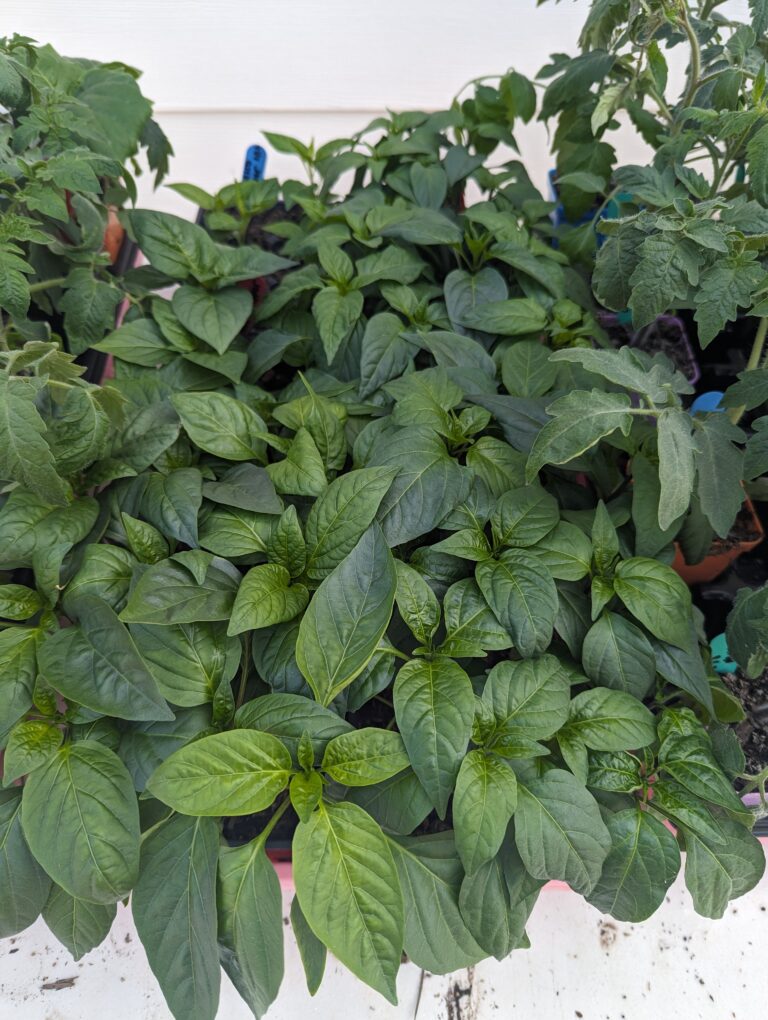
How to Make Peppers Grow Faster: Guide and Easy Tips
How to Make Peppers Grow Faster: Guide and Easy Tips How to make peppers grow faster is a common question among home gardeners seeking to maximize their growing season. Whether you’re nurturing sweet peppers, green peppers, or hot pepper plants, creating ideal conditions is essential for pepper success. The best way to achieve healthy pepper plants…
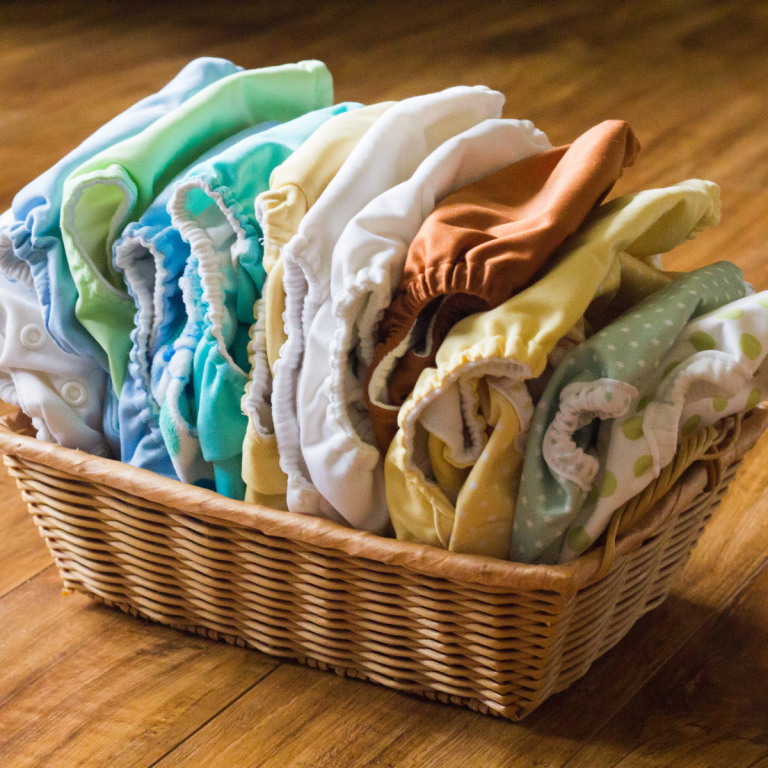
The Different Types of Cloth Diapers: Ultimate Guide
The Different Types of Cloth Diapers: Ultimate Guide The different types of cloth diapers offer a sustainable and eco-friendly alternative to disposable diapers for your baby. As a mom of five and a Registered Nurse, I’ve seen the many benefits of reusable cloth diapers firsthand. This guide will help you understand the major types of…
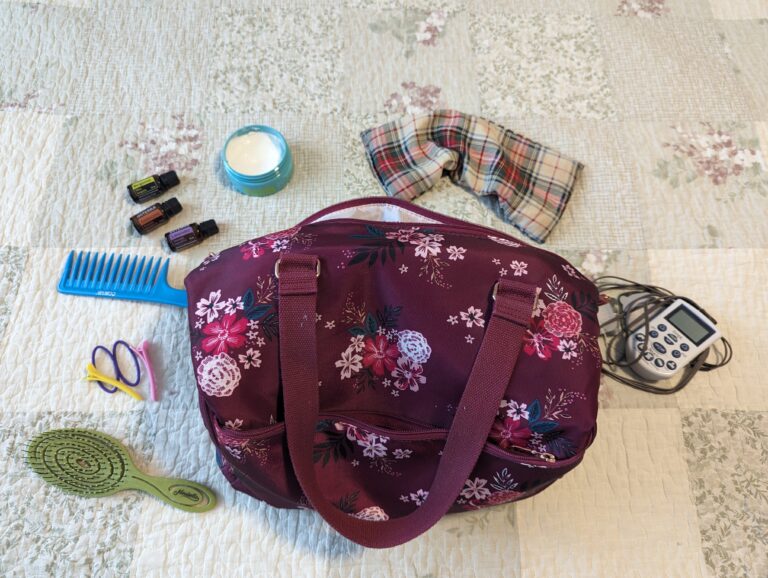
The Best Doula Bag Essentials Kit for Birth and Postpartum
The Best Doula Bag Essentials Kit for Birth and Postpartum The Best Doula Bag Essentials Kit for Birth and Postpartum A well-stocked doula bag is essential for supporting women during birth and postpartum. As a Registered Nurse, mother of five, and former Navy Hospital Corpsman, I’ve experienced the birthing world from many angles. I’ve worked…
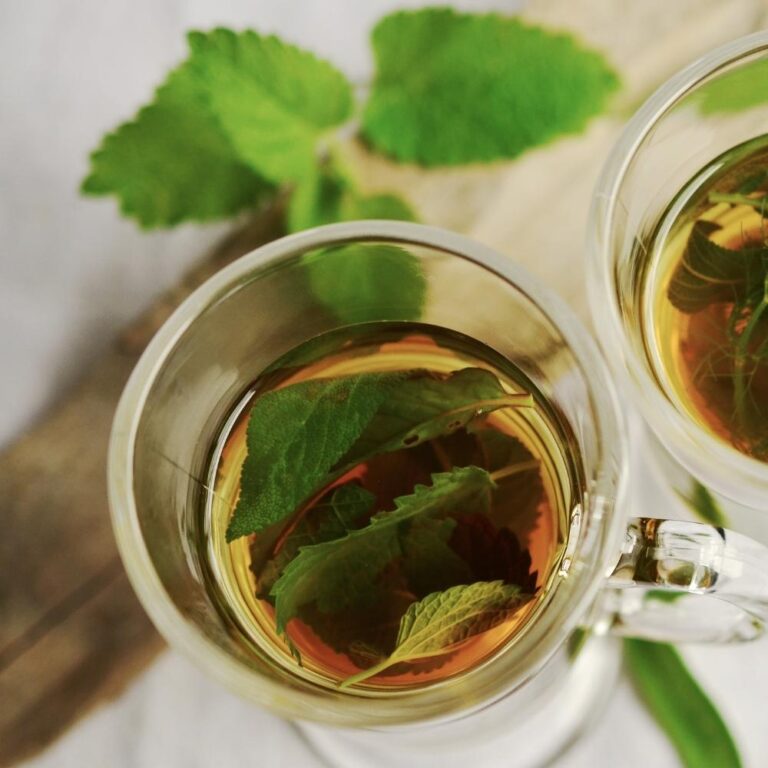
The Best Herbal Tea for Sinus Infection: Natural Treatments
The Best Herbal Tea for Sinus Infection: Natural Treatments Best Herbal Tea for Sinus Infection: Natural Remedies for Sinus Relief The best herbal tea for sinus infection can help relieve common sinus infection symptoms like congestion, pressure, and headaches. Sinus infections, including acute and chronic sinusitis, cause discomfort in the sinus cavities. Symptoms often include…
